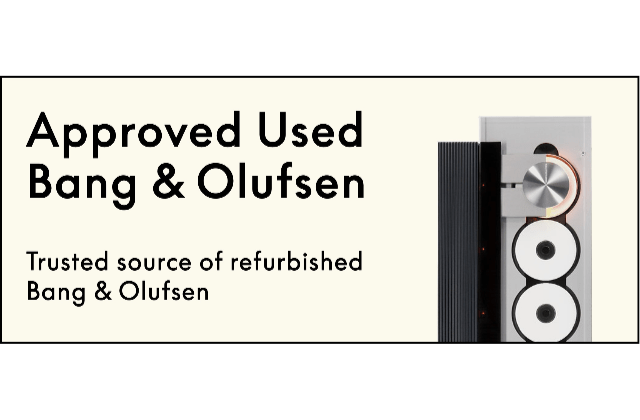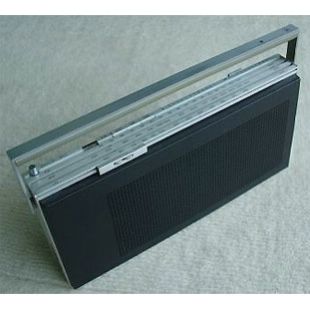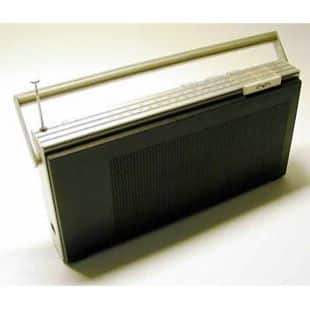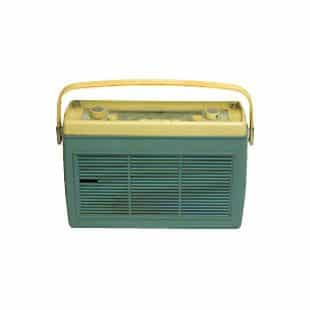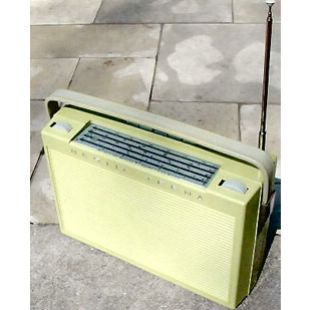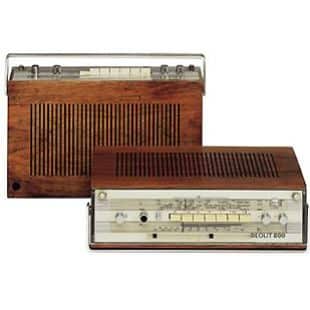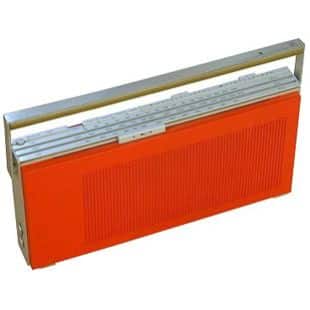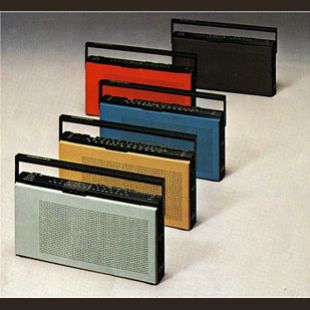Beosound Theatre
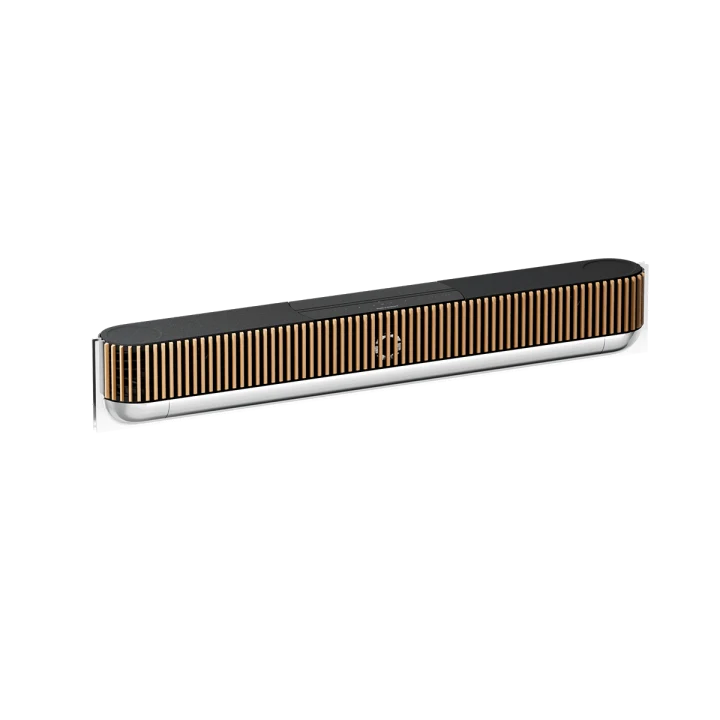
Beosound Theatre
Eyes front. Ears everywhere.
Beosound Theatre doesn’t just lead from the front. Twelve custom drivers direct sound above, below and to the sides of your screen, creating a room-filling soundscape that immerses you in the moment. Dolby Atmos allows for true surround sound experiences, and a coaxial centre channel ensures crisp and clear speech. You won’t miss a word or whisper.
As you see fit
Make Beosound Theatre your own with a range of materials and finishes that cater to any taste, and any room. Need help picturing it? Our visualiser makes things simple. Select your style, and watch it come alive.
Timeless quality
Made with materials as beautiful as they are durable, Beosound Theatre proves that good things do last. There’s the timeless touch of aluminium, milled and shaped in our own Factory 5. There’s the swappable solid oak or fabric covers. This is style and longevity in unity.
Evolves over time
Beosound Theatre is made to move with the times, with advanced software that allows for future features. Time for a bigger screen? Simply slot a new one in. This modular approach means Beosound Theatre will continue to deliver a spine-tingling experience for years to come.
Lights up when you’re around
Step close to Beosound Theatre and the minimal interface springs into life. Use the glass touch panel to explore your music, choose your presets or pair with a Bluetooth device. All this with just a touch.
Stream and connect
Screen off? Beosound Theatre still streams the music you love. Connect with other speakers around your home hassle-free – through Beolink, Google Cast, Spotify Connect or Airplay.
Tuned to your space
Setting up Beosound Theatre only takes a few taps in the B&O app. For ultimate fidelity, use the included microphone to analyse your space and tune the soundbar to its unique character. The result is a truly bespoke sound experience.
Beosound Theatre Product Details
Type Numbers
Please let us know
Designer
Manufactured
Please let us know
Colour Options
Please let us know
Beosound Theatre Product Specification
Recommended Room Size
15 – 60 m² 100 – 600 ft²Speaker Configuration
12 speaker drivers 2 x 1″ tweeter 4 x 2.5″ full-range 2 x 3″” mid-range 1 x 5.25″ mid-range + 1 x 1″” tweeter for custom made coaxial centre speaker 2 x 6.5″ woofer custom madeAmplifier
12 power amplifiers 10 x 60 watts amplifiers for center channel, left/right/upfiring/side firing outputs 2 x 100 watts amplifiers for bass outputs Total: 800 WFrequency Range
28 Hz – 23,000 HzMaximum h2 Pressure Level @1m
112 dB SPLBass Capability
94 dB SPLAdvanced Sound Features
Integrated 7.1.4 Dolby Atmos decoding and custom-tuned post-processing with proprietary True Image up- / downmixing algorithm. Advanced Bass management system Adaptive Bass Linearization Thermal protectionRoomSense
Automated speaker setup with external microphone: Speaker level and distance Speaker role Speaker position compensation from 30 – 10.000Hz Room resonance compensation from 30 – 200HzSound format HDMI
Dolby Atmos supporting: Dolby Digital TrueHD Dolby Digital plus 7.1 (including DD5.1) Dolby Atmos, Dolby MAT PCM 7.1 multichannel MPEG-2 AAC MPEG-4 HE-AAC Customizable Sound EQ Presets available and fully customisable through the Bang & Olufsen AppMaterials
Aluminium Wood / Fabric Fabric PolymerDimensions
Soundbar table stand 19.7 h x 15.7 d x 122.2 w cm Soundbar wall bracket, close position 18.9 h x 15.8 d x 122.2 w cmWeight
18kgPower consumption
Typical 120 WPower
100-240V 50/60Hz mains cableBluetooth Version
Bluetooth 5.1 (BLE and EDR)Bluetooth Codecs
Android: SBC iOS: SBC, AACWiFi
Dual-Band Wi-Fi 5 (2.4 & 5 GHz) IEEE 802.11 b/g/a/n/acStreaming services
Apple AirPlay Spotify Connect Google Cast TIDAL Connect B&O Radio Deezer QPlay 2.0Beolink Multiroom
YesAdditional surround sound speaker connection
Yes (8 wired & 8 wireless)Physical Connections
Soundbar inputs: 3 x HDMI input with CEC input 1 x HDMI eARC with passthrough 4K 120FPS / 8K 60FPS / 40Gbit 4 x 1Gbit Ethernet (One port assigned for LG OLED TV connection for integrated control via Beoremote One and Bang & Olufsen App) 1 x 3.5mm jack 1 x USB-CSoundbar outputs:
8 x Wireless Powerlink 8 x PowerlinkRemote controls
Integrated system control, including LG OLED TV: Bang & Olufsen App Beoremote One BT Beoremote Halo TV remote (volume-mute-on-standby) control commands via HDMI ARCOn-Device Controls
YesPeripheral Unit Control
Integrated Peripheral Unit/Set-top Box Controller for two units, allowing you to control set-top boxes with the Bang & Olufsen remote controlGold or Silver membership required to view documents
Available documents are listed, if none are listed then please reach out to see if we have them.
Beosound Theatre FAQs
Please let us know






